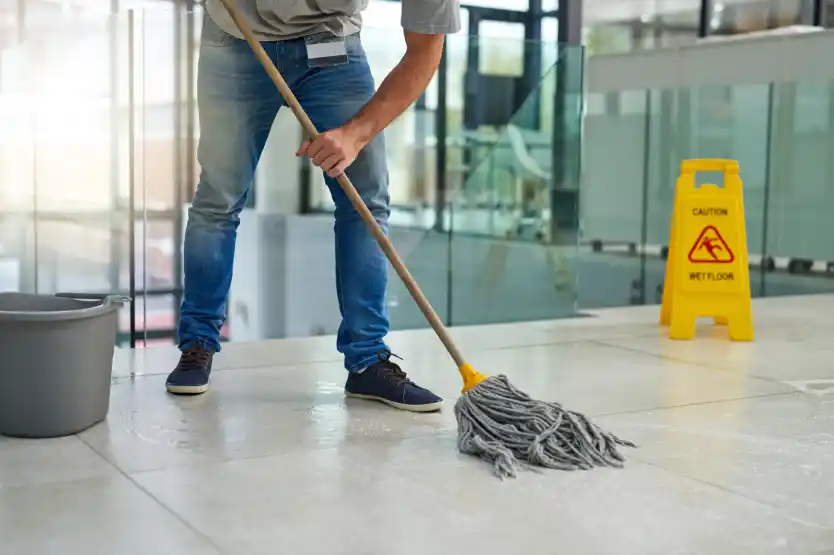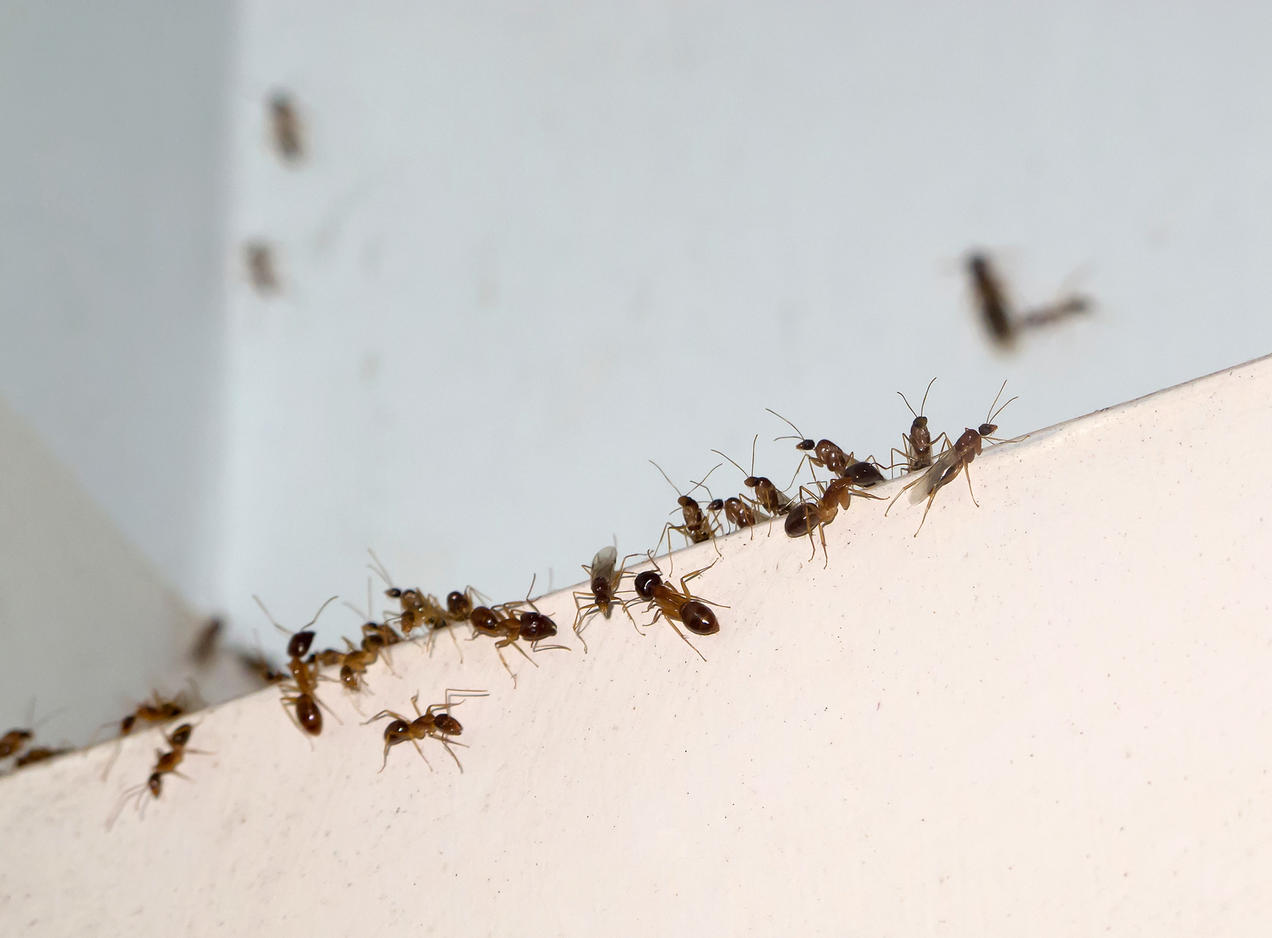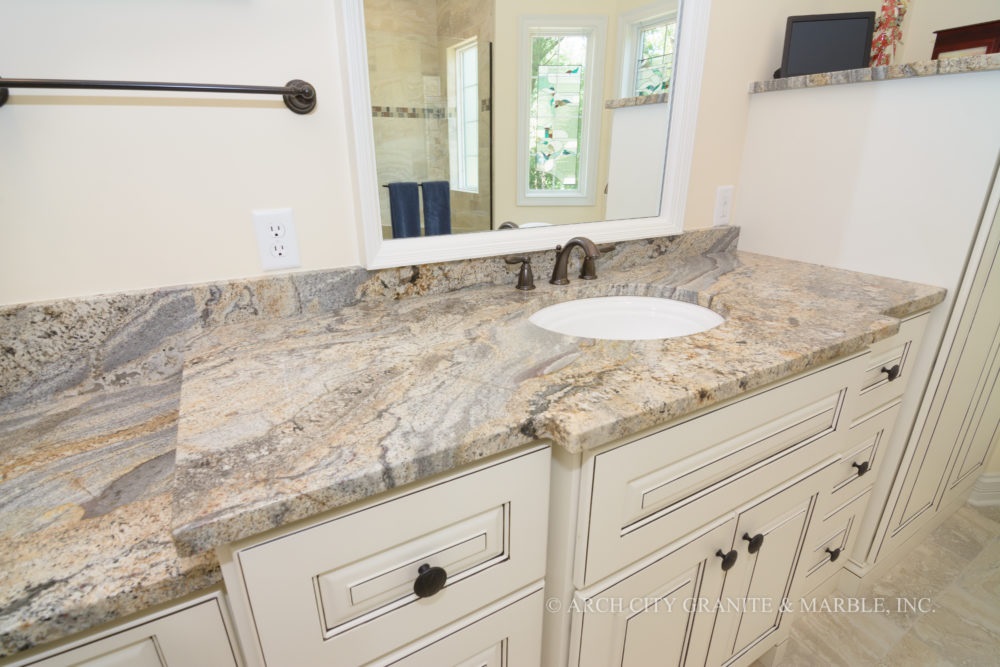Why pH-Appropriate Cleaners Enhance the Longevity of Home and Commercial Surfaces

Clean surfaces improve aesthetics and structural stability in homes and businesses. Many underestimate cleanser pH, which influences how thoroughly a product cleans without harm. Cleaning using pH-matched cleaners extends surface life and prevents wear. For tough dirt, alkaline cleaning products may help, but improper usage might damage the surface. Careful cleaning agent selection protects surfaces.
Understanding the Interaction Between Cleaners and Surfaces
Due to their chemical makeup, natural stone worktops and durable vinyl tiles react differently to pH. A harsh cleaner might cause several issues. A marble cleanser that is too acidic can etch or ruin its polished surface, creating tiny pores that hold debris and hasten disintegration. Alkaline solutions can damage a sensitive wood finish’s protective section, exposing it to dampness and stains. Chemical reactions between the product being cleaned and the surface are delicate; a mismatch can damage the material’s structure and appearance, requiring costly repairs or early replacement.
Preventing Material Degradation
Poor cleaning can cause many issues that reduce surface longevity. Strong alkaline solutions can reduce grease and thick soil, but their caustic nature can harm some materials irreparably. Highly alkaline cleaning products can discolor, pit, or break down protective coatings on aluminum or painted surfaces if used often. Acidic cleaners dissolve grout binders, causing cracking and structural instability in tiled areas. Select cleaners designed to clean without chemically changing the surface. This preventive measure preserves the material’s strength, beauty, and functionality for years.
Preserving Surface Appearance and Functionality
Inappropriate cleansers can impair surfaces’ aesthetics and functionality. Improper product use causes dullness, stains, yellowing, and sticky residue. Visual defects detract from a space’s allure and make subsequent cleaning harder, establishing a cycle of product overuse. A cleaner that leaves a sticky film attracts dirt, requiring more frequent and tougher cleaning. Some cleaners can also damage surface sealants, making them more prone to spills, pigments, and scratch. Using pH-appropriate cleaners preserves surfaces’ sheen, color, and protective layers, keeping them looking and performing well.
Selecting cleaning chemicals with the right pH has economic and environmental benefits. Cleaning surfaces with the right treatments extends their longevity, decreasing the need for repairs, refinishing, or replacement. This saves homeowners and companies a lot. Using the correct cleaner generally requires less product to accomplish good results, saving waste and chemical exposure. Less surface degradation means fewer materials in landfills, making property maintenance more sustainable. Ultimately, pH-appropriate cleaning benefits budgets and the earth by preserving surface health.











